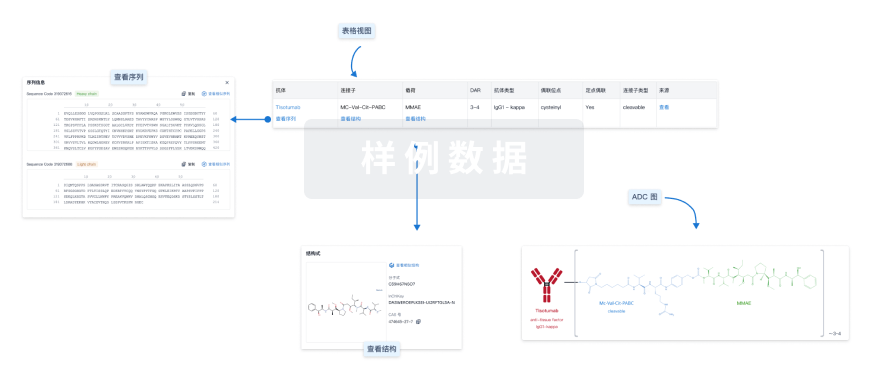A series of bone-targeting EP4 receptor agonist conjugate prodrugs were prepared wherein a potent EP4 receptor agonist was bound to a biologically inactive, bisphosphonate-based bone-targeting moiety. Singly and doubly radiolabeled conjugates were synthesized and were shown to be stable in blood, to be rapidly eliminated from the bloodstream, and to be effectively taken up into bone in vivo after intravenous dosing. From these preliminary studies a preferred conjugate 4 (also known as C3 and Mes-1007) was selected for follow up biodistribution and elimination studies. Doubly radiolabeled conjugate 4 was found to partition largely to the liver and bones, and both labels were eliminated from liver at the same rate indicating the conjugate was eliminated intact. Quantification of the labels in bones indicated that free EP4 agonist (EP4a)(2a) was released from bone-bound 4 with a half-time of about 7 days. When dosed orally, radiolabeled 4 was not absorbed and passed through the gastrointestinal tract essentially unchanged, and only traces of radiolabeled 4 were found in the liver, blood, or bones. 4 was found to bind rapidly and completely to powdered bone mineral or to various forms of calcium phosphate, forming a stable matrix suitable for implant and that could made into powders or solid forms and be sterilized without decomposition or release of 4. Basic hydrolysis released free EP4 agonist 2a quantitatively from the material.








